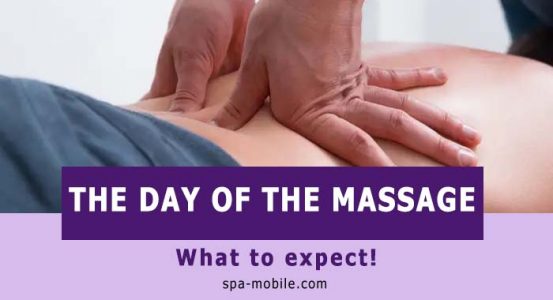What a joy it is to receive a massage and become aware of its physical and spiritual benefits!
If you’re suffering from muscular pain, massage therapy can bring you immediate well-being.
But before you choose a massage therapist, you need to know exactly what their work entails and whether it’s really right for you.
By knowing this, you can make a more informed decision before booking an appointment, and avoid having to undergo a series of treatments that may not be right for you.
Remember, too, that massage therapy is for relief, not prevention, so you need to be aware of the process that is causing your pain.
What is massage therapy?
Massage therapy is a holistic therapy. It’s a touch therapy that massages body parts to relax and relieve muscle and joint pain.
In most situations or conditions, massage therapy helps to restore healthy muscles and fascia (soft tissue), allowing misaligned or dysfunctional joints to move naturally and regain their proper place to function.
So, if you’re experiencing soft-tissue pain, you may want to consult a massage therapist to relieve your aches and pains.
Choose massage therapists who are attentive to your situation.
If you want a unique massage to relax or free yourself from your pain, discomfort, pain or suffering, isn’t it wise and sensible to turn to massage therapists who know what you are doing? Live?

At Spa Mobile, we’re proud of our team of highly qualified and certified massage therapists who have undergone rigorous training and continue to keep abreast of the latest techniques and industry advances. Our therapists are here to offer you personalized treatments tailored to your needs. We believe in a warm, welcoming environment where our customers feel comfortable and cared for.
At Spa Mobile, we’re proud of our team of highly qualified and certified massage therapists who have undergone rigorous training and continue to keep abreast of the latest techniques and industry advances. Our therapists are here to offer you personalized treatments tailored to your needs. We believe in a warm, welcoming environment where our customers feel comfortable and cared for.
Massage therapy

Massage therapy
Massage therapy

At Spa Mobile, we’re proud of our team of highly qualified and certified massage therapists who have undergone rigorous training and continue to keep abreast of the latest techniques and industry advances. Our therapists are here to offer you personalized treatments tailored to your needs. We believe in a warm, welcoming environment where our customers feel comfortable and cared for.
At Spa Mobile, we’re proud of our team of highly qualified and certified massage therapists who have undergone rigorous training and continue to keep abreast of the latest techniques and industry advances. Our therapists are here to offer you personalized treatments tailored to your needs. We believe in a warm, welcoming environment where our customers feel comfortable and cared for.
At Spa Mobile, we’re proud of our team of highly qualified and certified massage therapists who have undergone rigorous training and continue to keep abreast of the latest techniques and industry advances. Our therapists are here to offer you personalized treatments tailored to your needs. We believe in a warm, welcoming environment where our customers feel comfortable and cared for.



